The CVR is committed to supporting public engagement with science, its research and the general importance & relevance of virology to the global community. Individuals within the CVR take part in – and organise – face-to-face events to interact with non-experts; tell digital stories about viruses on our blog and podcast and in the international press; and take to social media, on Facebook, Twitter and Instagram. One facet of supporting public engagement with virology is in the support of external projects where we can share our experience of communicating our work. This process also allows us to learn about new aspects of public engagement. Below is a short report/series of notes from Connor about his recent participation in scicomm (kind of) workshop for one such external project.
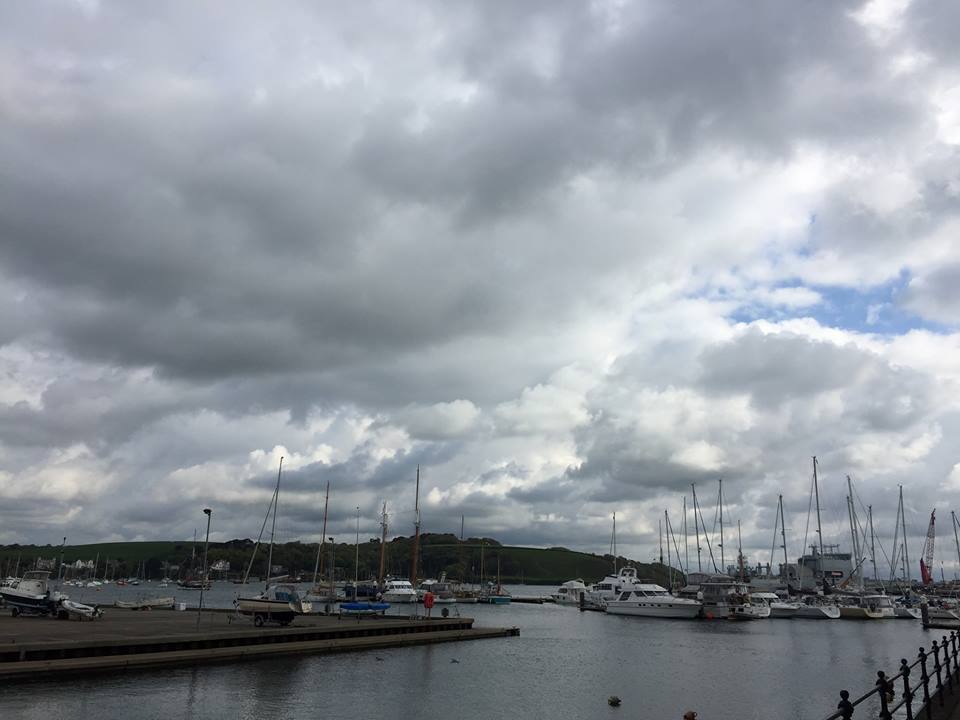
In April, I travelled down to Falmouth in Cornwall from the MRC-University of Glasgow Centre For Virus Research in Glasgow to participate in a cross-disciplinary workshop set up to think about new ways of engaging with people about how viruses move between different species. The day-long event was held at FoAM Kernow (Kernow is the Cornish word for Cornwall – which I did not know) – a not-for-profit organisation “inhabiting the spaces between society, research, education and policy” – and was really in aid of a new endeavour led by Dr Ben Longdon (a Wellcome Trust Sir Henry Dale Fellow and Royal Society Research Fellow) who has begun to establish his lab at the University of Exeter Penryn campus on the peninsula. The whole idea of the workshop was to guide the development of a game (entitled: Viruscraft – explore its new website here) based on ‘tangible interfaces‘ – linking the digital world with real-life movements – that would help players explore the concept of cross-species transmission of viruses. The entire project is supported by the Wellcome Trust via Ben’s fellowship grant.
Virus species jumps
Cross-species transmission of viruses and other infectious agents is an incredibly important natural phenomenon biomedically and scientifically [read this timeless review by Colin Parrish et al., here]. It is one that can have dramatic impact on the health and well-being of humans and other animals right across the globe. As examples, consider three major cross-species transmission events in very recent memory: Ebola in Africa, Avian influenza in Asia and Middle-East respiratory syndrome (MERS) in Saudi Arabia. Each of these three diseases that are caused by three different viruses coming from three different species into humans generate (and continue to do so) a considerable health burden on the local and international communities.
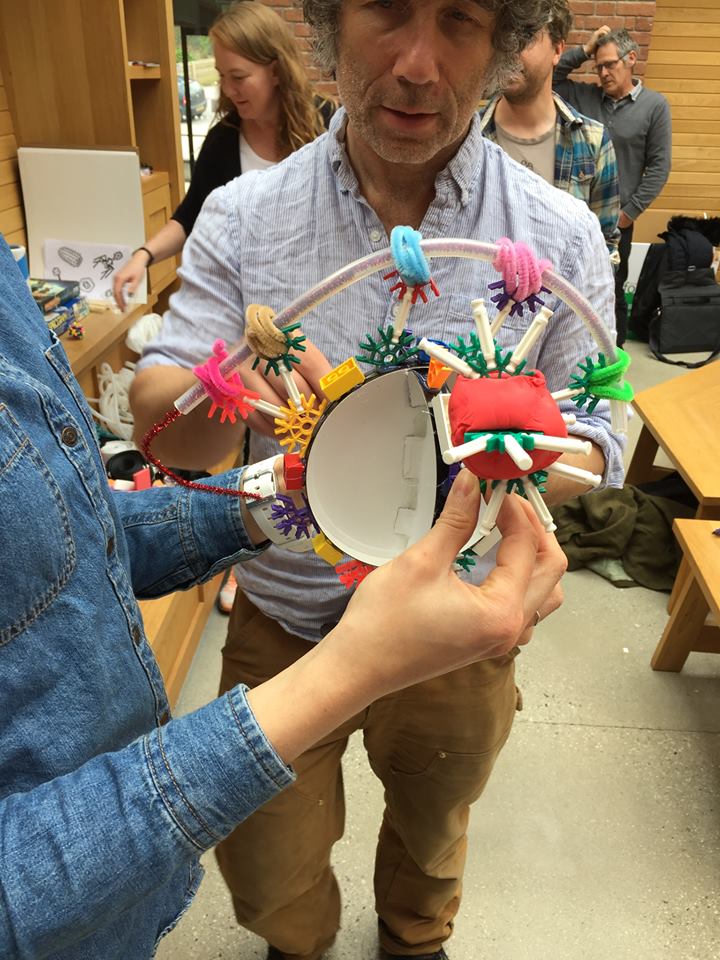
Many of these cases could have helped from understanding the process of how viruses move from one species to another. This is why Ben – who has spent his research career studying how viruses move between species of fruit flies – has started to think about to engage people with these ideas through Viruscraft.
The workshop
The workshop kicked off inside FoAM’s office-come-warehouse space right by the harbour where Ben, Dr Amber Griffiths and her husband Dave (Amber and Dave are co-founders of the FoAM Kernow studio; I had met Amber at Scientific Advisory Board meeting from the Eden Project’s ‘Invisible World’s’ exhibit) have brought together a bunch of people with science backgrounds (like myself) as well as a number of locals working on more artistic endeavours (from sculpture to woodworking). The goal would be to collaborate and come up with creative means (think tangible interfaces) for non-experts to learn about the concept of cross-species transmission and its importance.
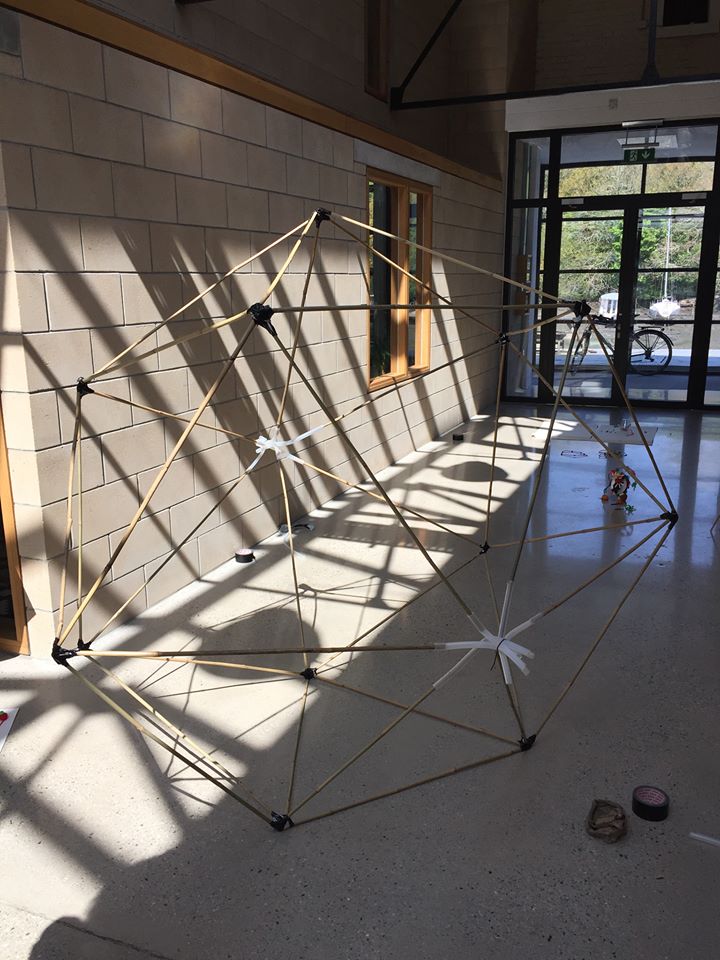
We were split into groups and tasked to use whatever means available (bamboo, paper, glue guns, toys, pipecleaners, you name it!) to communicate concepts (previously chosen to be the major ones relating to cross-species transmission) of: virus genetics; virus structure; how viruses infect hosts; how viruses spread between species and how that relates to disease. I was in the infection group along with another scientist and artist where we produced a make-shift cardboard ‘cell’ with its own surface proteins glued on, which was being infected by two distinct kinds of viruses: a lego spherical virus and a pipe-cleaner/plastic tubing-based-Ebolavirus-like virus that had latched onto the cell and was in the process of injecting its genome inside. This morning session was designed to flesh out the scientific concepts of virology to form the basis for what was to come in part two.
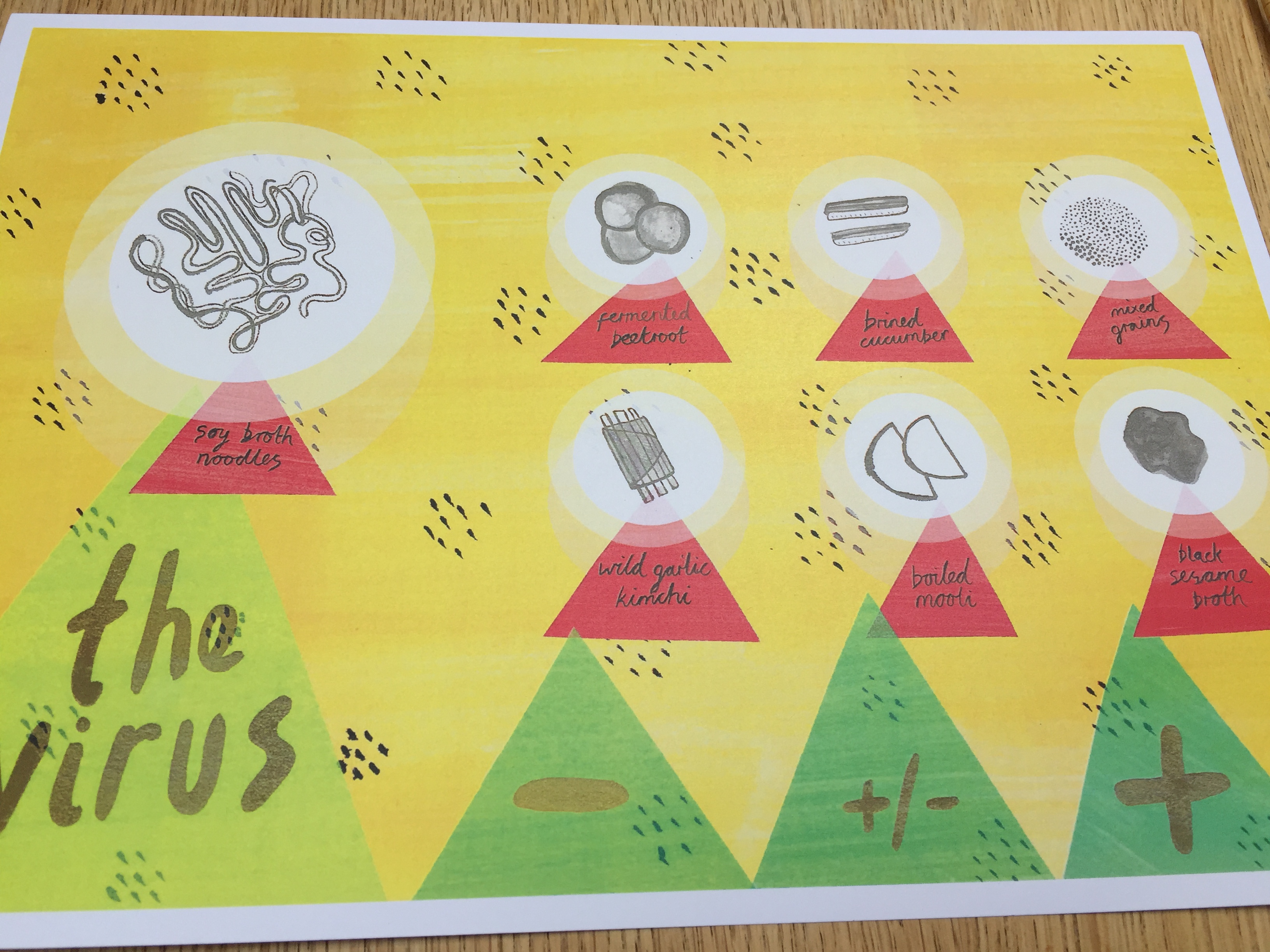
Following a virology-inspired Korean lunch different groups convened and produced new prototypes based on the ideas we had explored in the morning. These prototype ideas were based on moving the idea forward into the realm of the tangible interface: genetics and game interfaces; virus structure and game/installation design; and host outcome and world design. For this, my group -the structure one – produced a adult human-sized icosahedral virus out of bamboo. The idea being that you would climb inside this structure to begin the game. We wrapped up the extraordinarily productive day with a showcase, recap and discussion before heading to the pub to enjoy the last of the sunny weather.
Moving on – what can we learn?
Following on from that day, Ben and FoAM have taken stock and are now running with several ideas that have come directly from the workshop: think big, manipulatable, multiplayer educational fun. You can even have a play wth some early prototypes on their website. I look forward to seeing how the Viruscraft project continues for Ben and FoAM and what kind of impact it can make locally and farther afield – as well as to Ben’s own work. If interested, you can follow the story on the FoAM blog: see post 1 and post 2 for their take on the workshop, which is written much better than mine. I would recommend reading post 1 from the perspective of hosting your own productive workshop and from seeing what kind of feedback a researcher can get from leading such a project (See Ben’s notes).
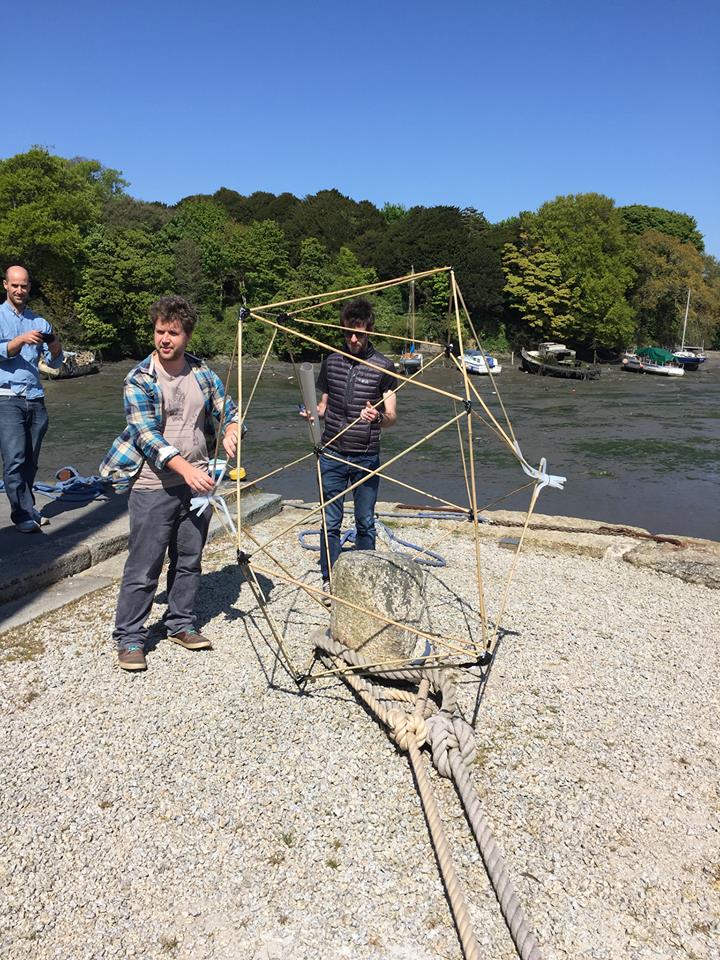
As for what I have learnt and what I would be communicate back to the CVR:
Think big: communicating and engaging people about scientific research needn’t be limited to writing or talking in digital form or in person (what we done traditionally). Research and scientific concepts can be explored via non-traditional means, such as through games (see tangible interfaces/viruscraft) and they may even be more effective communication tools. Of course this comes at a cost (financial, time, effort etc) that you have to balance.
Think collaboratively: some of the best ideas from the workshop came when everyone was out of their comfort zone equally and interacting with people with a completely different background. I would never have picked up a glue gun to teach someone about virus infection but at this workshop I did – and it worked really well! That being said, I’m sure the artist would never have thought about picking up a glue gun to teach someone about viruses…. Think about what could be achieved if the CVR worked with local artists, makers, engineers, linguists (?).
Finally, researchers can get a lot out of leading a more ambitious public engagement (I’m sure Ben agrees – I know I have even from the sidelines). With support from funding bodies, such as the Wellcome Trust in Ben’s case, this group was able to form and begin to explore how to communicate a very complicated concept to non-experts. From a researcher’s point of view you can immediately see that by being immersed in similar scenarios, where you are trying to get across your ideas to a group of non-experts (this workshop) would be greatly helpful in shaping your way of thinking and communicating. You can imagine that Viruscraft may also help showcase the importance of Ben’s work and virology/fruit fly biology to a much wider audience. Citizen science aspects can also be incorporated into projects and games like Viruscraft so you could even get the public to contribute directly to your research. Of course if you believe that work is important to non-scientists then it could be useful to act on this thought and go out their and tell everyone why/how your work makes a difference.
No matter what, we should all be inspired by the work of FoAM and Ben in bringing fundamental science to a non-expert audience in a creative and engaging manner such as Viruscraft strives to do.

*The MRC-University of Glasgow Centre for Virus Research supported Connor’s trip to FoAM financially.

